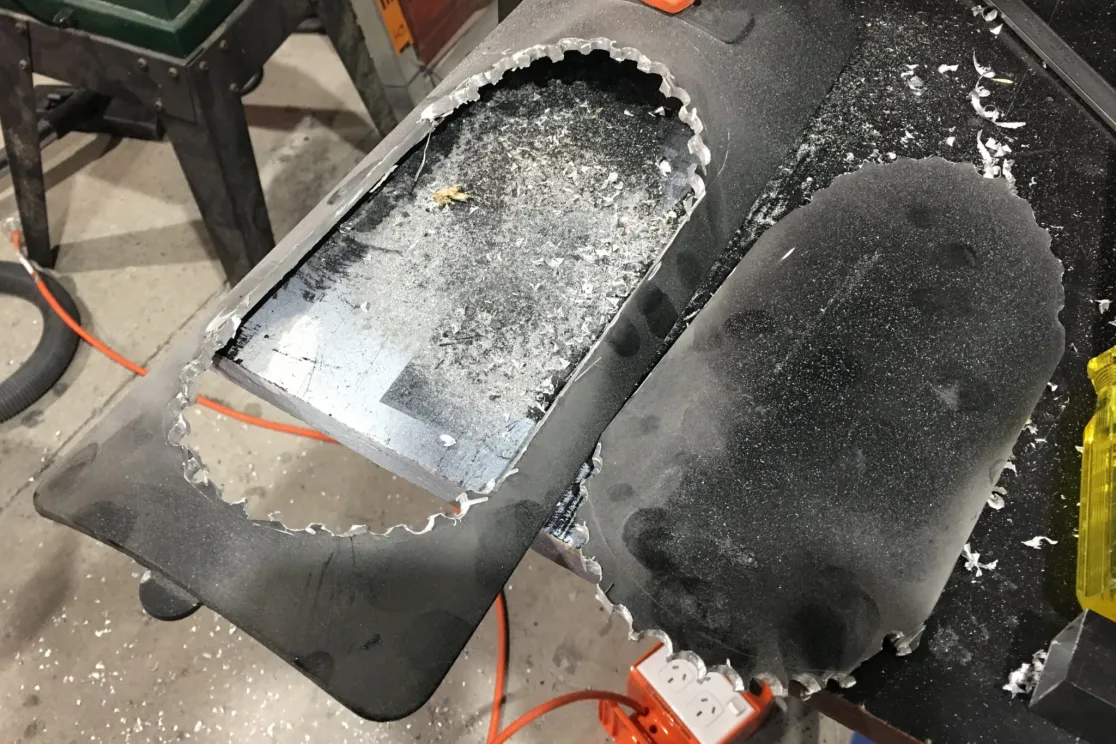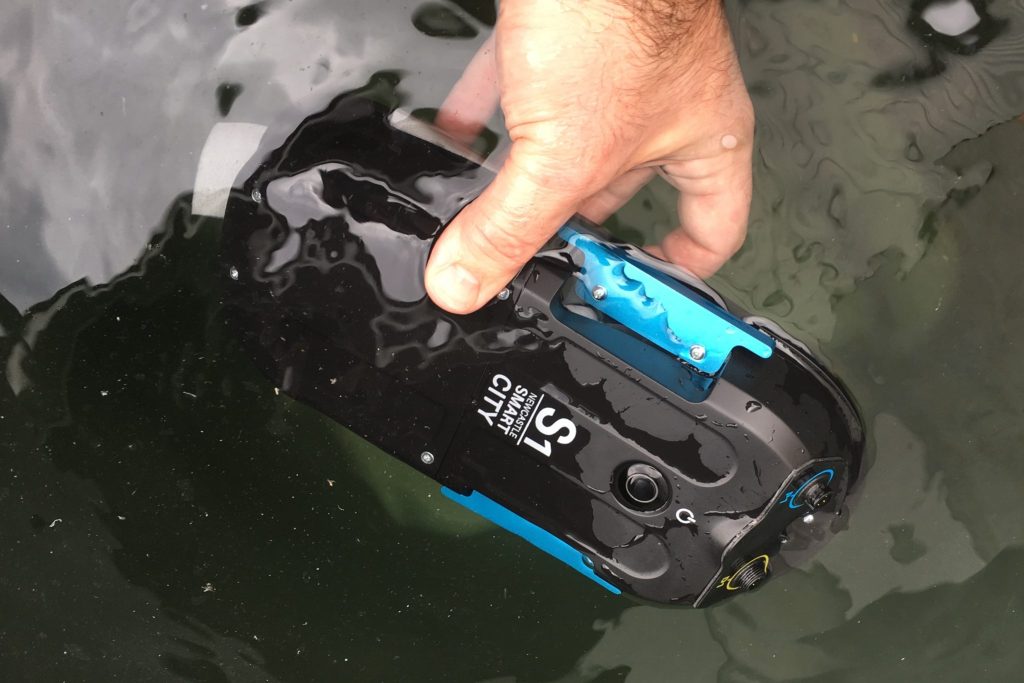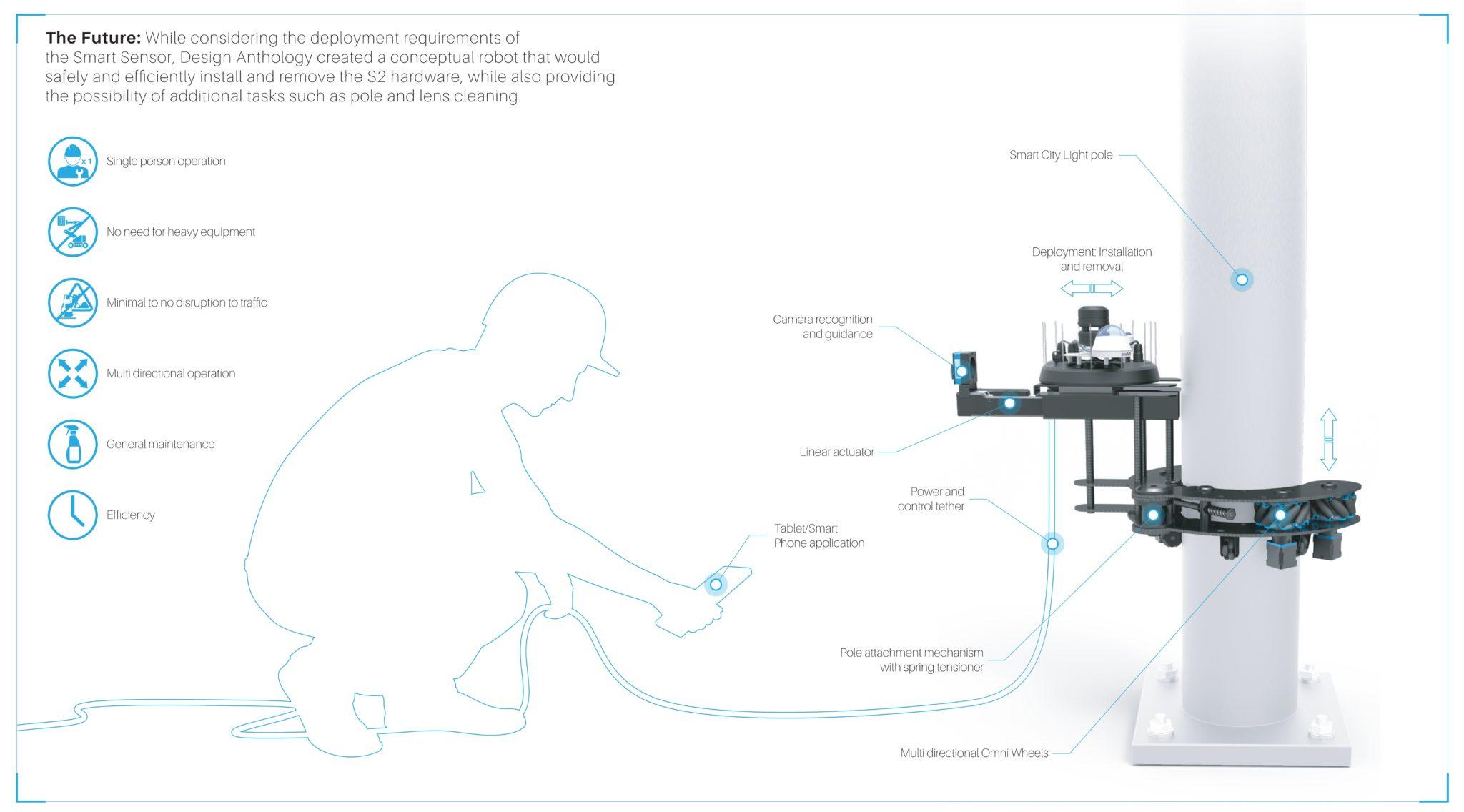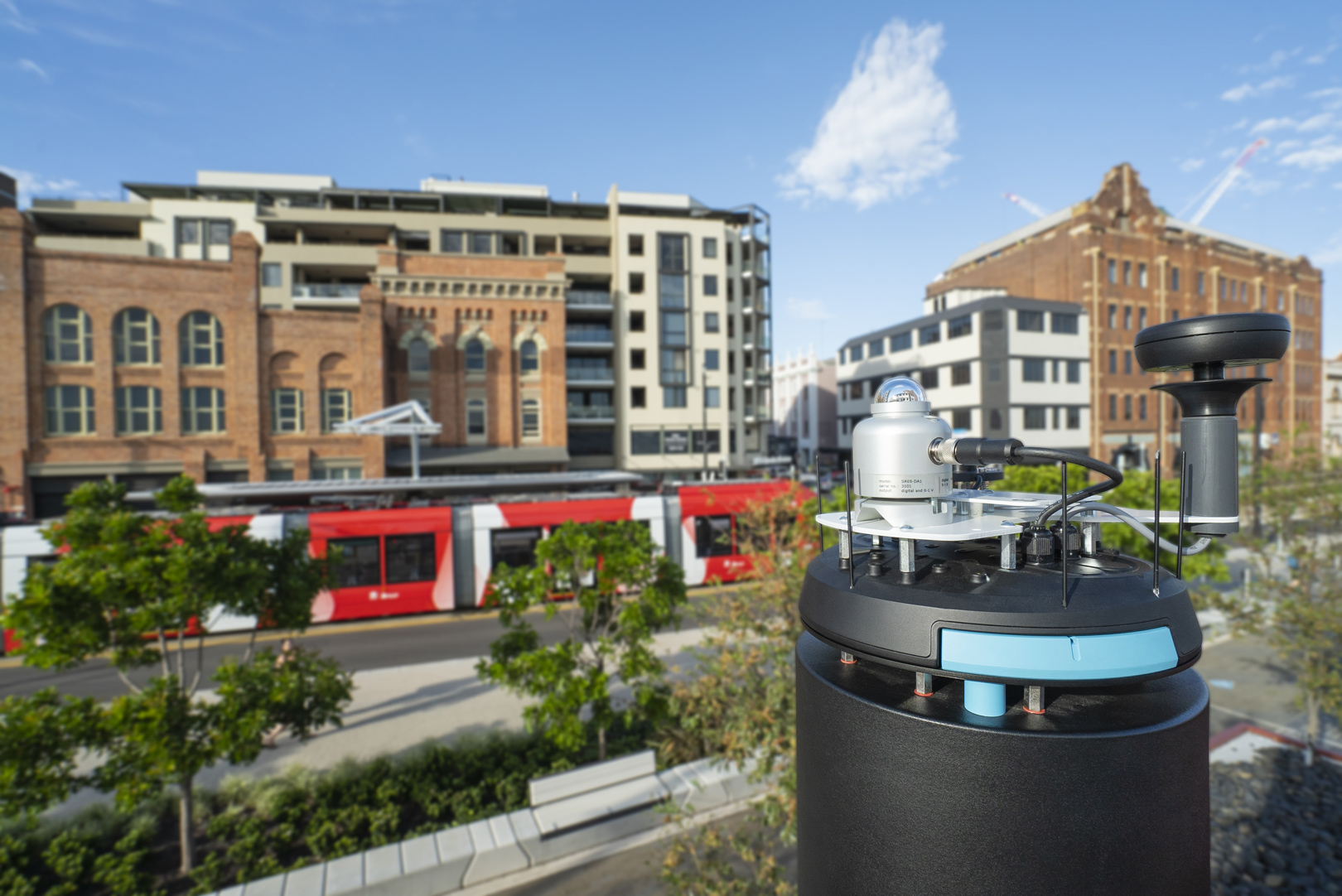In 2017 the City of Newcastle kicked off its Smart City Strategy.
This strategy focuses on implementing a range of initiatives designed to make life in Newcastle easier, and more sustainable, improving transport, connecting the community, attracting and supporting industries and collecting useful data through an Internet of Things (IoT) approach.
Living Lab
One initiative critical to this strategy is the development of Newcastle as a Living Lab. The idea is to build a framework and infrastructure that allows businesses and researchers to prototype, test and evaluate new products, services and ideas for smart cities.
Smart Poles
An essential part of the Living Lab is the infrastructure; Smart Poles. The city has already started installing a network of 150 connected smart poles across the local government area that provide free WiFi, energy-saving LED street lighting and environmental monitoring. This includes air quality monitoring, temperature, humidity and a range of other qualities.
Conceptualising the Smart Hub
And this is where Design Anthology comes into the story. The City of Newcastle’s Smart City Coordinator, Nathaniel Bavinton, and Program Coordinator for City Innovation and Sustainability, Adam Clarke, asked us to help develop a conceptual Smart Hub that could house the various sensors and electronic technologies required to make the Living Lab a reality.
We were initially engaged to create a conceptual product that could be fitted to the existing Hess Smart Poles. This work involved reviewing the range of sensors and hardware that the unit needed to accommodate. Some of these sensors have really specific requirements regarding how they are exposed to light, the atmosphere and how they ‘see’ the sky. Once we understood what we needed to package together, we turned our attention to the Hess Smart Poles to work out how we could modify and add to these without compromising their function.

After some consideration, we found a way of integrating our conceptual products into the access door and also the very top of the poles. We liaised with Hess to ensure that they were comfortable with the modifications we were going to make and obtained their approval.
Some pretty complex design constraints
At this stage of the design process, we had to work within a bunch of design constraints including the physical layout of hardware components, how to produce in both low and high quantities, how to achieve the technical requirements for each sensor and how to integrate the various input/output interfaces for communication and power.
3D Models and visualisations
We developed preliminary 3D models to build a common understanding of the overall assembly of parts. We also generated photo-realistic renderings so that a range of stakeholders could ‘see’ what we were talking about. Explanatory diagrams helped communicate our ideas.

The modular system that we conceptualised contained four parts:
S1 – Smart Monitor housing sensors at street level
S2 – Smart Hub housing sensors on top of the smart pole
S3 – Provides power and communications to the S2 Smart Hub
S4 – A customisable mounting plate where sensors and equipment can be mounted.
Detailed design
The outcomes of this conceptual exploration were so promising that we were engaged to continue development with detailed design of all four Smart components.
We embarked on a much more detailed design phase where we worked to finalise all of the finer aspects of each of the components.
After completing a design review, we began integrating design improvements into our models so that we could begin prototyping. We built the assemblies and set up a range of tests in-house. We tested the fit and placement of components, clearances between components, cable routing, assembly procedures, waterproofness, as well as a range of other aspects, and documented our findings. These findings allowed us to fine-tune some aspects of the design to ensure that we would achieve our goals.

Developer information pack
The City of Newcastle was also preparing to launch the Living Lab and needed a way of communicating how entrepreneurs and innovators could get involved and take advantage of the infrastructure being put in place. We created graphics and technical information for the Developer Information Pack that outline what spaces are available within the various smart components. Developers can use this information to develop their own electronics and technologies to be installed in the Smart Hub or Smart Monitor for testing and application.

Blue sky thinking
Because of the huge range of opportunities that Smart Hub makes possible, we also worked with the City to explore future products and services for the smart city infrastructure. We consulted a range of industry experts, conducted a blue sky thinking workshop to explore ideas and created simplified representations of the resulting concepts. One of the ideas to come out of this phase was to build a robot that could crawl up and down the smart poles to install and remove the smart hub and conduct basic maintenance tasks.

The Launch
All in all, we’ve been involved in this project now for over two years. You can imagine our excitement when it was officially launched on October 18, 2019. We were proud to be part of the launch at Newcastle Museum and to hear Lord Mayor, Nuatali Nelmes, promote the system saying: “The scope of this system’s potential is as far-reaching as the imagination of the researchers and entrepreneurs we hope to attract to solve an open-ended range of challenges using sensing and data.”


